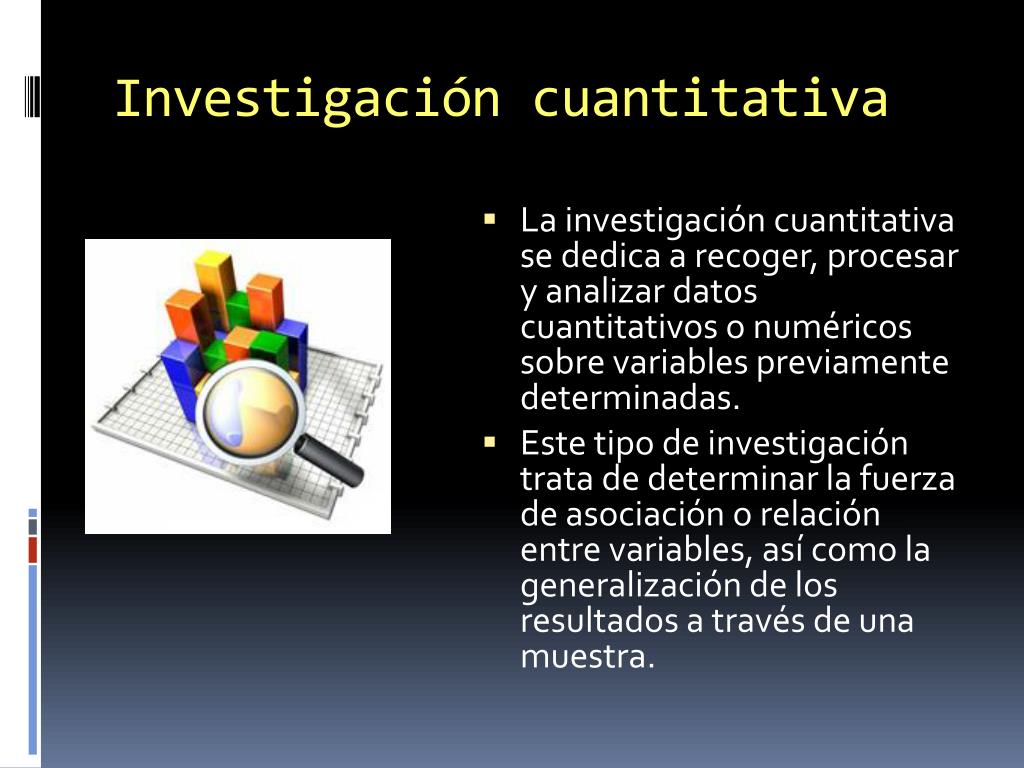

The goat is among the earliest species to be domesticated. Thus, the decline of local breeds and their production systems are raising concern about the importance of European agro-ecosystems and cultural landscapes maintenance. This is still the case for small ruminants and especially for goats, where not only local breeds do not benefit from modern breeding techniques but they also are about to disappear. Before the intensification and industrialisation process of the last decades, European livestock farming was generally extensive and closely linked to the use of farmland. The systematic use of molecular markers will facilitate the comprehensive management of these populations, which in combination with the actual breeding program to increase milk yield, will constitute a good strategy to preserve the breed. However, to maintain private alleles present at low frequencies in such small populations minimizing the inbreeding rate, it would necessitate some mating designs of animals carrying such alleles among populations.

Since diseases are the first cause affecting the census in this breed, population subdivision would be an advantage for its conservation. ConclusionGenetic diversity measures revealed a good status of biodiversity in the Guadarrama goat breed. Management factors such as the limited exchange of animals between farmers (estimated gene flow Nm = 3.08) mostly due to sanitary and social constraints could be the major causes affecting Guadarrama goat population subdivision. Percentages of variation among and within populations were 7.5 and 92.5, respectively.īayesian clustering analyses pointed out a population subdivision in 16 clusters, however, no correlation between geographical distances and genetic differences was found.

Genetic differentiation measures were moderate, with a mean F ST of 0.074, G ST of 0.081 and R ST of 0.085. ResultsThe mean expected heterozygosity across loci within populations ranged from 0.62 to 0.77. The aim of this work is to study the genetic status of this breed through the analysis of molecular data from 10 microsatellites typed in historic and actual live animals. Guadarrama goat is a threatened Spanish breed which actual census (2008) consists of 3057 females and 203 males distributed in 22 populations more or less isolated. Analysis of microsatellite loci is known to be highly informative in the reconstruction of the historical processes underlying the evolution and differentiation of animal populations. BackgroundAssessing genetic biodiversity and population structure of minor breeds through the information provided by neutral molecular markers, allows determination of their extinction risk and to design strategies for their management and conservation.


 0 kommentar(er)
0 kommentar(er)
